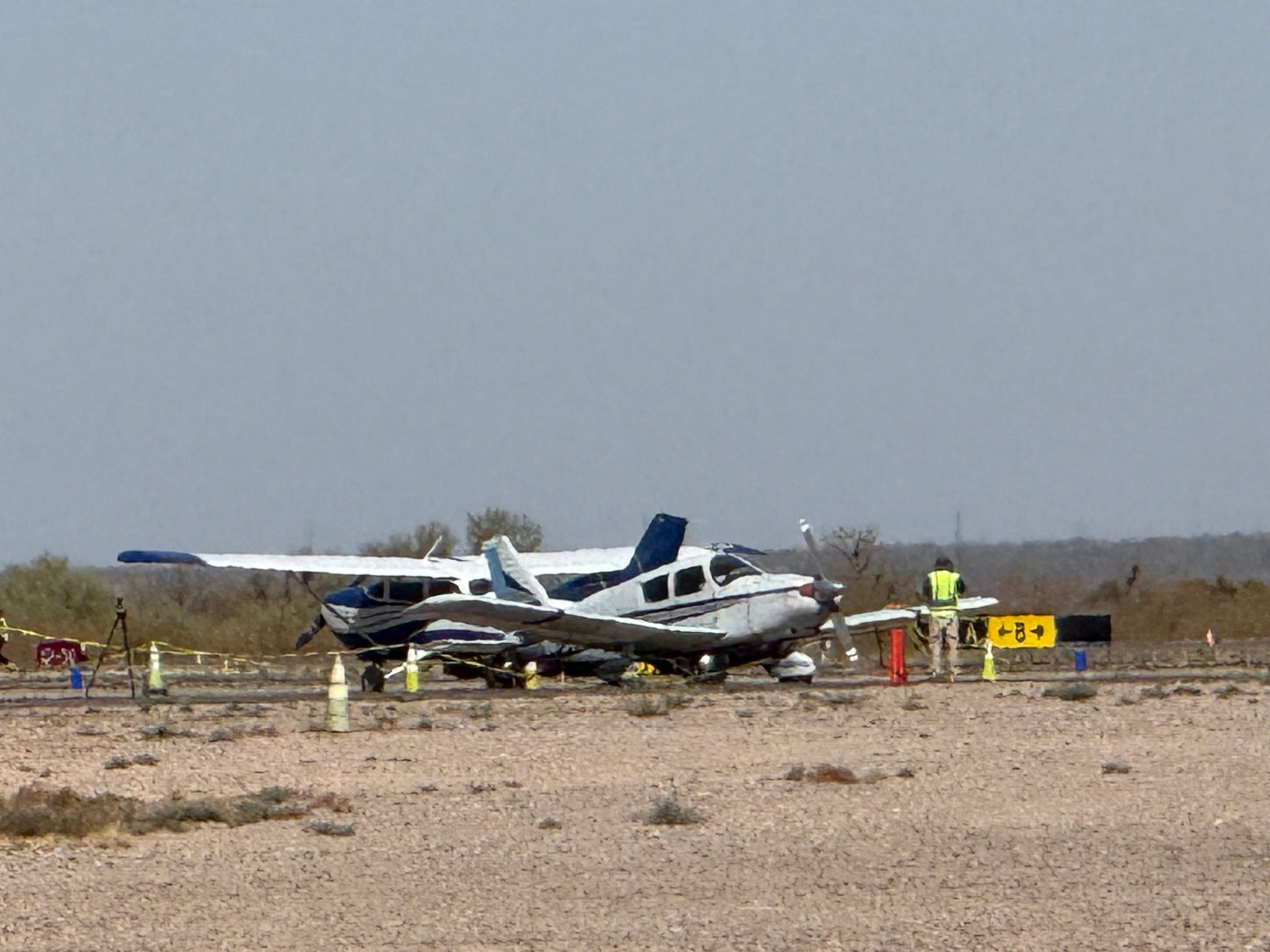
Aviation Incidents and Disasters in the U.S. in 2025: An Overview
Recent Mid-Air Crashes
2025 has witnessed two tragic mid-air collisions in the United States, raising concerns about aviation safety.
On January 29th, a military Black Hawk helicopter and an American Airlines commercial plane collided near Ronald Reagan Washington National Airport, resulting in the devastating loss of all 67 people on board both aircraft.
On March 8th, two single-engine planes crashed at the Marana Regional Airport in Arizona, killing two individuals. This marked the second fatal mid-air collision of the year, bringing the total to 14.
Other Aviation Incidents
In addition to the mid-air crashes, there have been several other notable aviation incidents in 2025:
- On February 6th, a Delta Air Lines regional jet flipped and crashed at Toronto Pearson International Airport, causing 18 injuries but no fatalities.
- In January, there were 63 aviation incidents reported by the National Transportation Safety Board (NTSB).
- As of February, there have been 13 fatal aircraft accidents, including 10 in January and three in February.
Aviation Safety Remains High
Despite these recent incidents, experts emphasize that aviation remains extremely safe.
According to the Bureau of Transportation Statistics, air travel is the absolute safest form of transportation. Preliminary estimates for 2023 suggest a decline in aviation fatalities compared to previous years.
Near-Midair Collisions
While fatal collisions are rare, near-midair collisions (NMACs) have been reported more frequently.
Between 2005 and 2024, there were 5,066 NMACs reported by piloted aircraft. Of these, 1,129 involved at least one commercial aircraft, averaging to around 56 per year.
Contributing Factors
Investigators continue to analyze the causes of the recent aviation incidents and disasters. Preliminary findings point to factors such as human error, mechanical failures, and weather conditions.
Importance of Safety Measures
The aviation industry has implemented numerous safety measures to prevent accidents and ensure the well-being of passengers and crew.
Air traffic control systems help separate aircraft in the sky, while advanced technology and training programs aim to minimize human error. Regular inspections and maintenance of aircraft also play a crucial role in preventing mechanical failures.
Conclusion
While aviation accidents are tragic and concerning, it is important to remember that flying remains a remarkably safe mode of transportation. Investigators continue to work diligently to identify the causes of incidents and develop measures to prevent future disasters. As technology and safety regulations continue to improve, the aviation industry remains committed to protecting the lives of those who rely on air travel.
